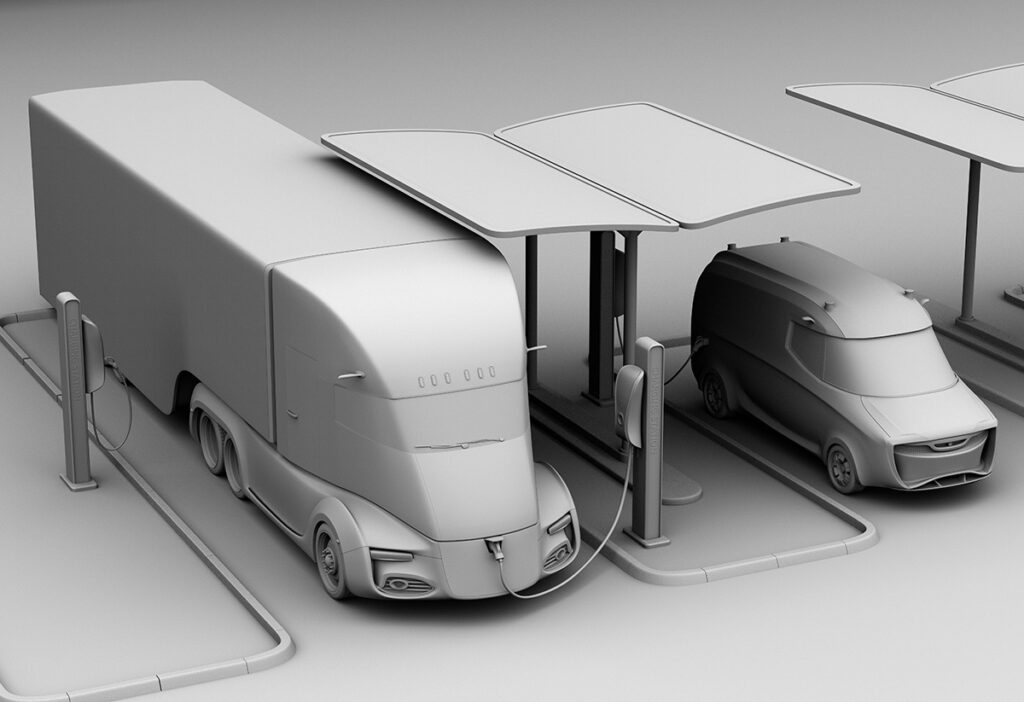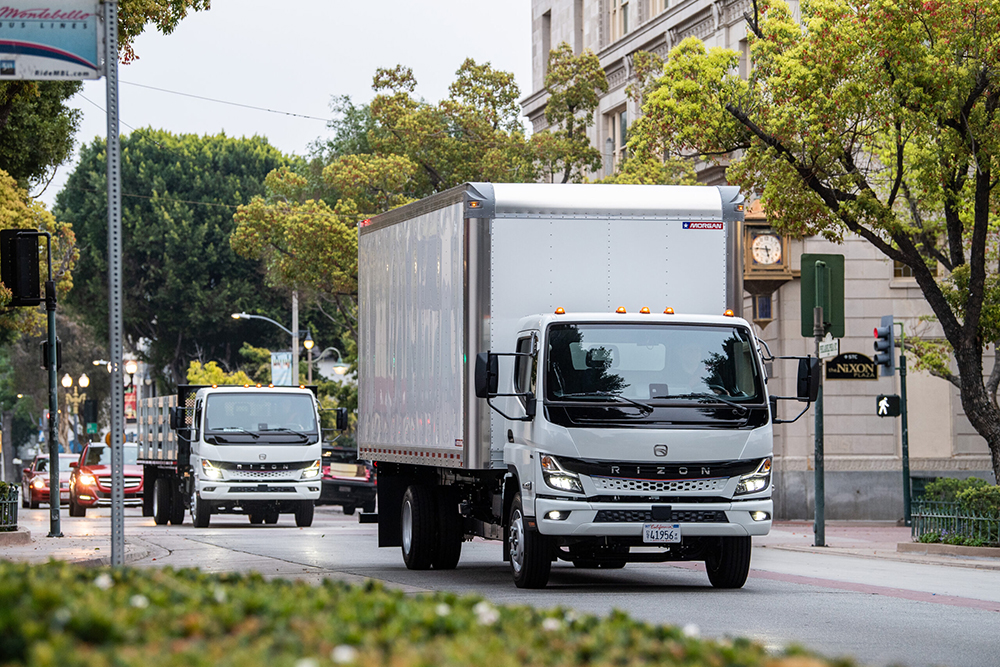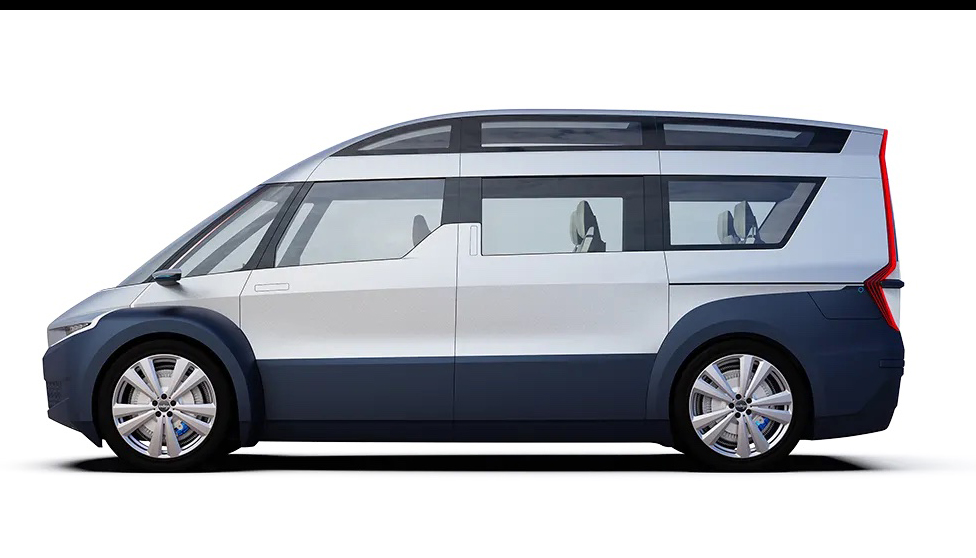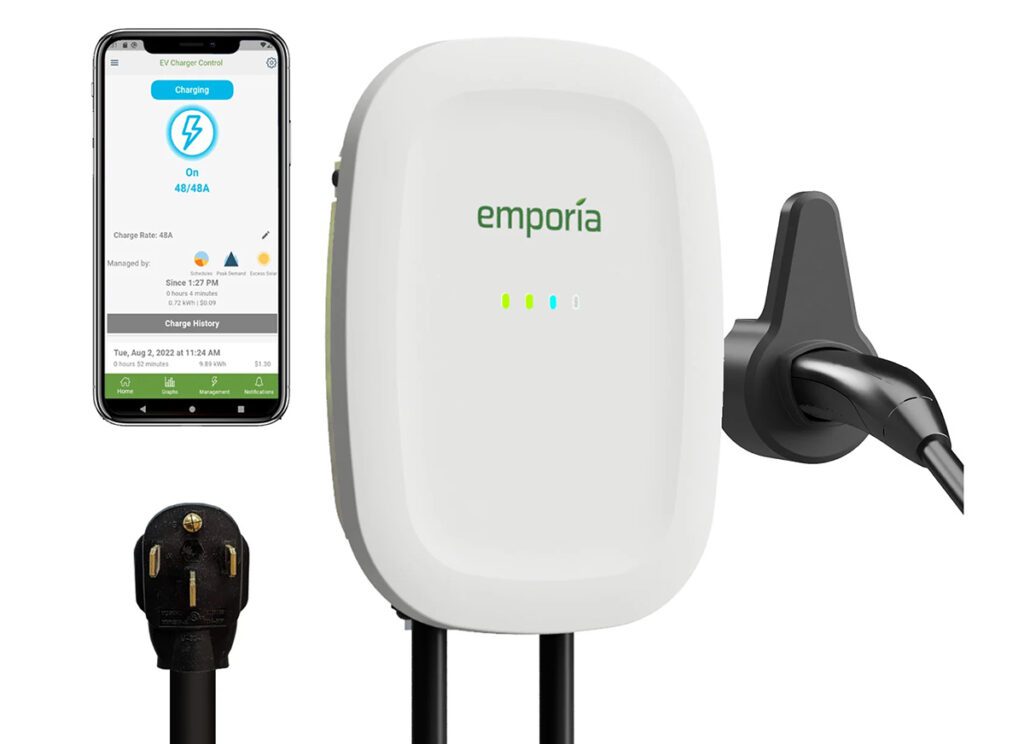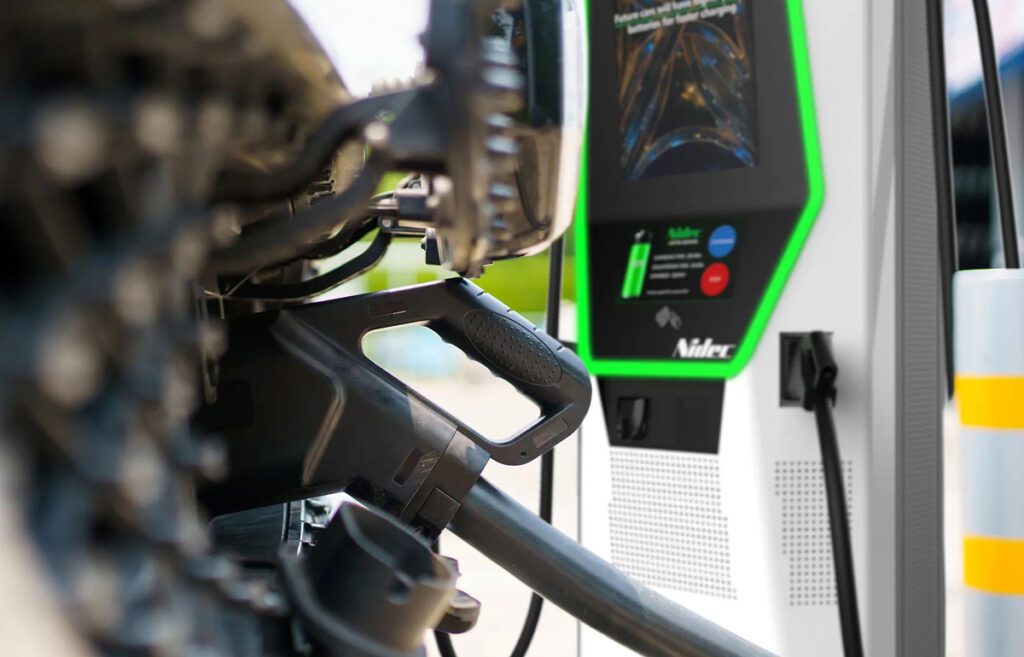Wireless charging is one of the hottest topics in the EV world these days. Several companies have systems on the path to commercial availability.
Evatran has plans to sell aftermarket systems that will work with popular plug-in models such as the LEAF and the Volt. Qualcomm is using its London trial as a test bed for its Halo wireless EV charging (WEVC). Momentum Dynamics is developing a system aimed at fleet operators. And Infiniti has incorporated wireless charging into its LE Concept electric sedan, which it says will be ready for the market in 2014. Meanwhile, many more companies are researching wireless applications of various kinds – over 40 organizations are involved in the Society of Automotive Engineers (SAE) committee that’s working on a set of wireless standards.


Convenience
In fact, convenience is only one of several reasons to cut the cable, although it is a powerful one.
Rebecca Hough, CEO and Co-Founder of Evatran, says, “It affords the customer convenience similar to an automatic garage door opener – taking steps out of the user’s daily routine. Further, wireless charging ensures that every time the vehicle is parked in its parking space, it is recharging. This ensures that the battery is charged consistently – a feature that automotive manufacturers are very interested in.”
Joe Barrett of Qualcomm says, “Never underestimate how far people will go to simplify their lives. Charging needs to be effortless and simple, without any complex or expensive alignment systems – that has been at the heart of our WEVC design.”
Most of us already have quite enough cables, plugs, adapters, and dongles to deal with, and they seem to be multiplying ever faster, as tablets proliferate. If we don’t stop their breeding soon, they may take over. Phones and other gadgets are beginning to move to wireless charging, and consumers will expect no less from their vehicles.
Cars are coming with more high-tech convenience features all the time (automated lift gates, keyless entry, etc), with EVs at the forefront of that trend, it’s only logical that wireless charging will soon join the list of options.
Little and often charging
Plugging in at home seems convenient enough, but plugging in at work or at the mall could get old after a while, especially in immoderate weather. As far as plugging in for just a few minutes, as you might at a drug store, it hardly seems worth the effort. However, this idea leads into a whole new possibility that Joe Barrett of Qualcomm calls “little and often charging.” The easier it is to charge, the more practical it becomes to top up a little here and there in the course of a day.
“With wireless you can charge anywhere, any time: at home, work, the mall, the doctor’s, and eventually even at traffic lights or on a freeway,” says Barrett. Obviously, this kind of thing would be totally impractical with wired charging.
“Little and often charging means there is the potential to reduce the size of the battery, which would reduce the cost of the EV.”
Fleet savings
For route-based fleet vehicles, like city buses, airport shuttles, and delivery vehicles, the concept of little and often charging could mean longer routes at lower costs.


In China, the company Microvast and the State Grid utility have been operating over 100 electric buses for more than a year with a similar little and often charging model (see in-depth coverage in our Aug/Sep 2012 issue).
However, while the Chinese group uses high-power conductive chargers, the Utah team sees numerous advantages to a wireless system, including “greater reliability due to no moving parts or cords, added convenience through the elimination of plug-in charging, safety insurance by eradicating the risk of electrocution, and aesthetically pleasing devices as a result of no visible wiring.”
By mid-2013, in cooperation with the Utah Transit Authority, WAVE Inc. plans to launch the first commercially operational 40-foot transit bus on the University of Utah’s campus, with an upgraded power transfer rate of 50 kW.
Not ready to unplug your electric buses or delivery vehicles yet? Then here’s the kicker: one company predicts that going wireless with your fleet won’t cost any more, and may even be cheaper.
Andrew Daga, principal founder and CEO of Momentum Dynamics, claims that its wireless charging system can offer the same power levels as Level 3 fast charging at far lower cost. The chargers that Momentum Dynamics are developing cost around five or six thousand bucks per ground unit, much less than a typical DC fast charger, which can cost between fifty and seventy thousand.
One reason for the lower cost is that the electronics that are embedded in a wireless charging station do a lot of the work that a vehicle’s on-board charging equipment does. It’s possible to deliver Level 3 DC current to a vehicle without having to transform it on the vehicle again (also, Momentum says that its proprietary circuit topology doesn’t require the expensive iron core transformers of traditional power conversion units).
Owners and operators
For charging station owners and operators, wireless offers several practical advantages. A wired charger pretty much requires a box on a pole, but a wireless charger could be entirely contained in a small unit on the pavement, or even embedded under it. In fact, it could be completely invisible to the naked eye, and almost impossible for careless users or vandals to damage. A wireless charger has fewer moving parts, so it should last longer and require little maintenance. Cables that are used by all and sundry are bound to need replacing every couple of years, and it’s not hard to imagine someone tripping over a cable – you can bet the insurance companies can envision such scenarios very well.


All these advantages in convenience, practicality, and safety come with only a modest trade-off in terms of efficiency. In general, wireless charging is only slightly less efficient than conductive charging.
Utah State’s bus claims more than 90% efficiency over an air gap of 6 inches, versus 95% for a typical wired system. Momentum Dynamics says that its wireless system is 92% efficient from power source to battery. Qualcomm’s Joe Barrett says its Halo power transfer efficiency is “comparable to plug-in cabled charging systems, even with misalignment of the charging pads.”
Design challenges and undetermined standards
So, how does it work, and what needs to happen to make cables go away?
Many of the existing systems work by resonant magnetic induction, which requires three steps:
- create a high frequency AC current;
- pass it through an inductor to create a magnetic field;
- couple it with a receiving inductor, which transforms it back to electrical current.
The receiver needs to resonate at the same frequency as the transmitter in order to concentrate and amplify its power, like two singers in harmony. The receiving and transmitting units also need to exchange data in order to stay in tune and make any necessary adjustments.


When it comes to the physical characteristics of the hardware, standards will need to allow for a lot of flexibility. Wireless charging needs to accommodate all types of vehicles, from tiny smart cars to VIA Motors’ full-size vans. As is the case with battery pack design, different manufacturers use different approaches to balance performance, weight, and cost, so it’s probably unrealistic to expect automakers (OEMs) to incorporate wireless receivers into their vehicles in exactly the same way.
The SAE has formed a committee that is now working on the full range of issues having to do with wireless power transfer (WPT). The J2954 Task Force (what a grandiose name!) includes most of the makers of wireless charging equipment, as well as all the major automakers, electric bus maker Proterra, several parts suppliers, energy provider NRG, battery-swap pioneer Better Place, and of course the DOE, DOT and the rest of the US alphabet soup, as well as a couple of groups from Japan and Korea.
Momentum Dynamics’ Andrew Daga is a member of the Task Force, and he sees a high level of commitment: “Everyone realizes they need to be more involved than they were on the J1772 [wired charging] standard.” He notes that the major OEMs seem to be unable (or unwilling) to develop an induction charging system internally, and are relying on smaller companies, because they see the need to be swift and agile.
The Task Force is working to develop standards in several areas. The top priority seems to be the need to settle on a common frequency, and to have the FCC reserve it for wireless charging.
The group has issued a request for information on interference frequencies (automotive, communications, implantable medical devices, clock, etc.), in order to determine which frequencies are open for wireless charging.
“Determining a common center operating frequency and means of magnetic interoperability and alignment are critical for the wide-scale success of WPT. The frequency and magnetic coupling are essentially equivalent to the conductive charging ‘plug,’ so that a vehicle can go from its charging station in the garage to work or shopping mall with the same charging ability without any action on behalf of the customer except confirming correct parking,” said Task Force Chair Jesse Schneider.
The Task Force envisions three categories of charging: WPT1 (Home) at a power level of 3.6 kW; WPT2 (Fast Charge) at either 10 or 19.2 kW; and a special power level for buses, WPT3, which would operate at 150 kW.
Communications for wireless charging will use Dedicated Short Range Communications (DSRC), a set of channels and protocols that was specifically designed for automotive use, and is currently used in a few locations for electronic toll collection. At the moment, Europe, Japan, and the US have separate, incompatible DSRC systems.
Any system that’s practical for automotive use will have to be fairly tolerant of misalignment between transmitter and receiver. Different cars have different amounts of ground clearance, and drivers would surely become frustrated with a system that required them to park perfectly every time (on the other hand, a welcome side effect of the electric revolution could be an end to sloppy parking jobs). However, transmitter and receiver do need to be in the general vicinity of each other, so presumably all vehicles will need to have receivers placed in a standard location. There will need to be some kind of alignment feedback system to alert drivers when they aren’t lined up correctly, and some way to detect foreign objects such as an aluminum foil wrapper, coins (which could heat up during charging), or a snoozing cat on the garage floor between the car and the charger.
The SAE Task Force is investigating three proposed alignment methods: triangulated RFID positioning; magnetic coupling positioning; and a combination of the two.
RFID positioning uses signal strength among multiple RFID readers and tags to triangulate a vehicle’s position.
Magnetic coupling positioning sounds more colorful – it sends out a magnetic “ping” to find the “sweet spot” for perfect alignment.
Combination positioning uses RFID to determine vehicle proximity or relative position, and magnetic coupling to help determine the magnetic “sweet spot.” However, Qualcomm’s Joe Barrett suggests that wireless charging does not need precise alignment methods if the system has enough tolerance to misalignment.
The Task Force is expected to vote on the first draft of a standard early in 2013.
Dynamic charging
Looking down the road a few years, wireless charging could develop into what the industry calls dynamic or in-road charging – topping up a battery while a vehicle is in traffic, without having to stop at all. If and when this becomes practical, it could also have applications beyond charging. For one thing, it might assist GPS navigation of driverless cars. Since the charging coils would be embedded in the center of the lane, they could provide precise positioning at no extra cost.


The SAE Task Force is considering “On-Site Static” charging (for locations such as stoplights and bus stops), but not “On-Road Dynamic” charging, although it says that this may be included in future revisions.
FP7, a research funding program operated by the European Union, has requested proposals on wireless charging, including dynamic. One of the groups it has funded is called UNPLUGGED, and includes Transport for London, Fiat, Volvo, and several universities and parts suppliers. Its project involves building two inductive charging systems that will “go beyond the current state of the art in terms of high power transfer, allowing for smart communication between the vehicle and the grid,” and will also include a feasibility study and economic model for dynamic en-route inductive charging.
A Stanford University research team has designed a system using computer models that can transfer 10 kW of power over a distance of 6.5 feet, enough to charge a car moving at highway speeds, and plans to build a prototype. “Our vision is that you’ll be able to drive onto any highway and charge your car,” said Professor Shanhui Fan. “Large-scale deployment would involve revamping the entire highway system and could even have applications beyond transportation.”
The time scale for dynamic wireless is not clear. Qualcomm’s Joe Barrett estimates that it’s at least five years away, and maybe even closer to 10.
Evatran’s Rebecca Hough thinks dynamic wireless is technically feasible, and believes prototypes could be in field testing before the end of the decade. “It’s an area that’s getting a lot of interest recently as it could be completely revolutionary for the way we travel.”
















































